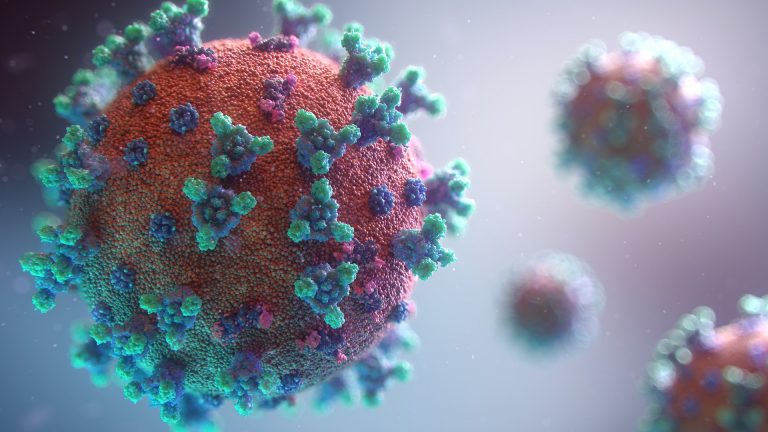Two international postdocs are finding ways to defeat the virus that has left them stranded in Montreal

With their lives and research upended by the COVID-19 pandemic, a pair of international postdocs stranded in Canada are now working on methods to defeat the deadly virus. And they are doing it, like so many others, largely from home and via virtual meetings with their Concordia supervising professor.
Gurudeeban Selvaraj and Satyavani Kaliamurthi arrived in Montreal in late December on a 24-week MITACS Globalink Research Internship to study at Concordia’s Centre for Research in Molecular Modeling (CERMM). Due to return to their home institution in China in April, the global restrictions put in place in March disrupted their work and travel plans. With nowhere to go and a global viral outbreak, the two decided to put their skills to the best use possible.
Although their backgrounds are respectively in lung and cervical cancer research, Selvaraj and Kaliamurthi were able to quickly pivot their focus to the novel coronavirus, under the supervision of CERMM director Gilles Peslherbe, professor in the Department of Chemistry and Biochemistry.
Computer modelling and simulations enable the researchers to look into molecular approaches health scientists exploit to develop a vaccine or search for an antiviral protein-inhibitor drug that could mitigate the effects of the disease once it has been contracted. The researchers’ collaborators at Henan University of Technology and Shanghai Jiao Tong University in China and their partners are already synthesizing the early vaccine models developed at Concordia.
Peslherbe says the young postdoctoral students began independently researching COVID-19 in February, just as the virus began its spread across North America.
“They were already using bioinformatics and artificial intelligence to come up with therapeutic applications for different medical conditions, so it was not too difficult for them to change from biological molecules associated with cancer to the protein associated with this virus,” he says.
“When they decided to switch their main area of research from cancer to COVID-19, we and our collaborators in China were all immediately on board.”
“International partnerships highlight the world-class research being done at Concordia while, at the same time, forging strong links with young scholars and their institutions around the globe,” says Paula Wood-Adams, Concordia’s interim vice-president of research and graduate studies. “As the fight against COVID-19 is a worldwide effort, it is gratifying to see our researchers’ efforts in responding to this public health crisis.”
“We often hear in the news how large pharmaceutical companies lead the research for a cure or vaccine against COVID-19 with the immense resources they have at their disposal,” says Peslherbe. “But rarely do we hear about the thousands of academics working in universities around the world who are advancing research on that front as well. This is a good example of what our collaborative approach can achieve.”
As for Selvaraj and Kaliamurthi, they are still in Montreal, unable to travel home as international borders remain closed to non-essential travel. Peslherbe says that thanks to the work and support of Concordia International, they are able to stay here for the time being and continue their COVID-19 research.
Learn more about Concordia’s Department of Chemistry and Biochemistry.





